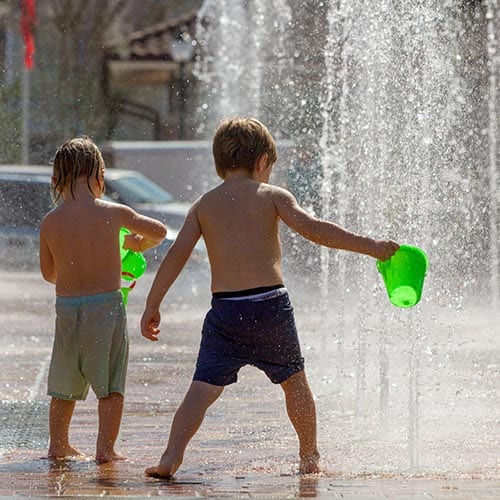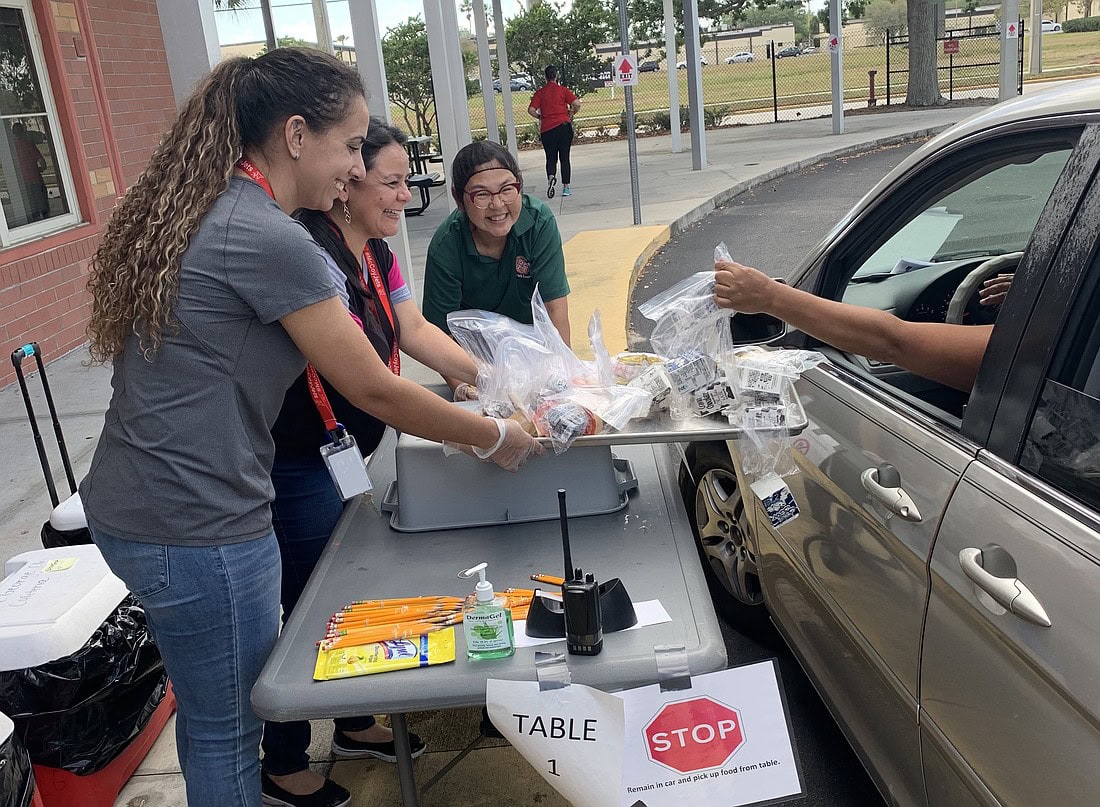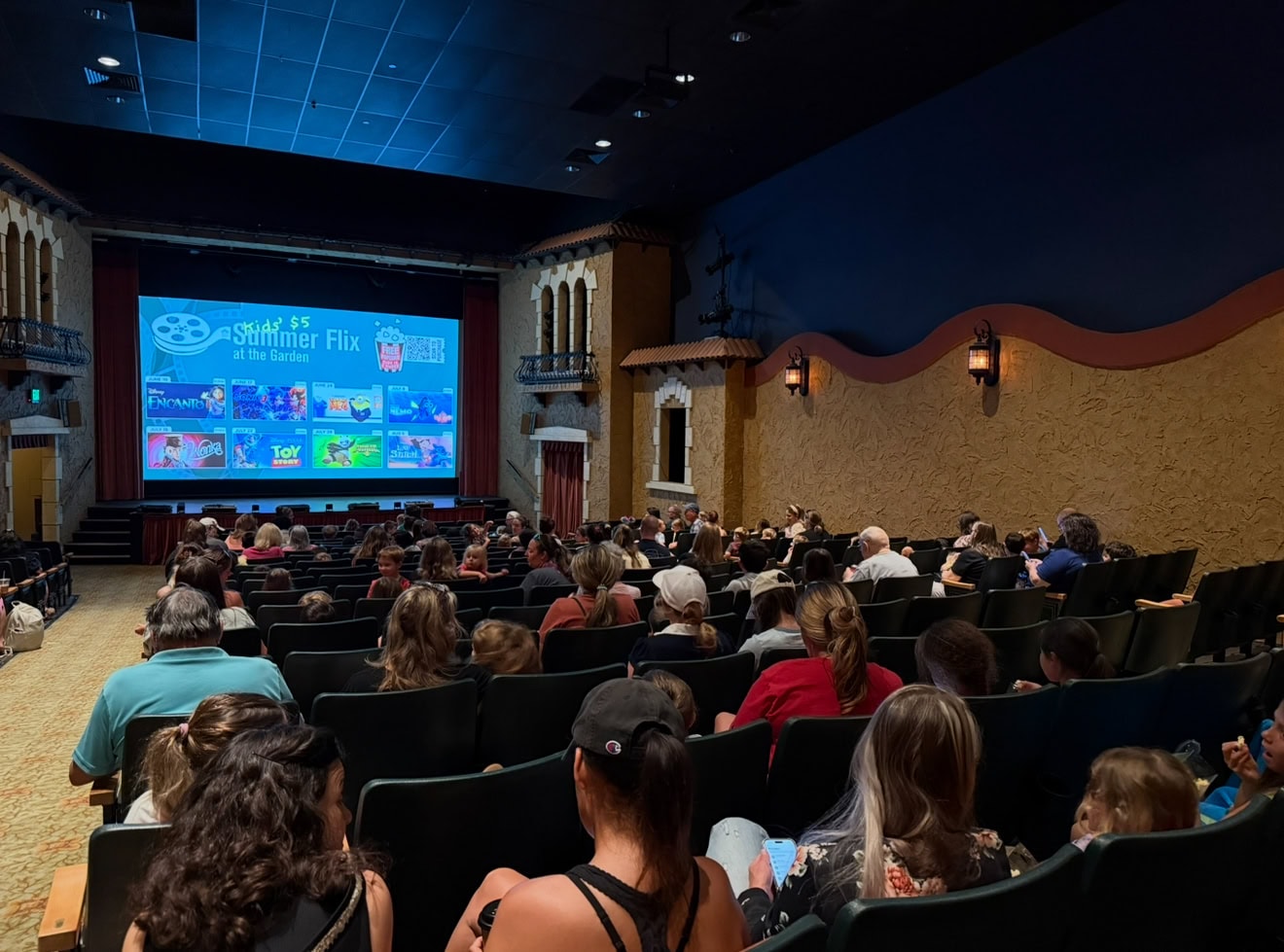Staying Safe in the SUNshine State

Protecting Yourself in the Sun
There’s no shortage of sun in Florida! We’ve all been there: a perfect day at the beach, sporting your new bathing suit, enjoying the sand and sea, and… ending the day looking like a lobster. Yikes!
Overexposure to the sun could ruin your day, your vacation, or even worse, your overall health. Sun poisoning, skin damage, and skin cancer are very real threats, even if they may be years down the road. Having a strategy for catching some shade from the harmful ultraviolet (UV) rays is important.
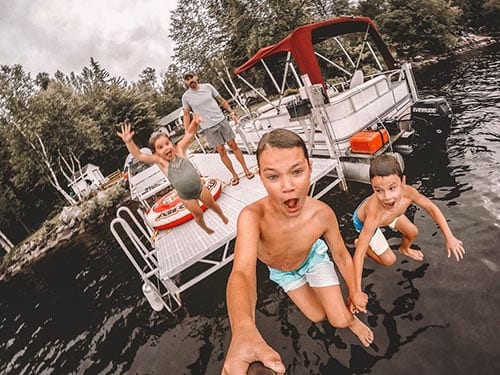
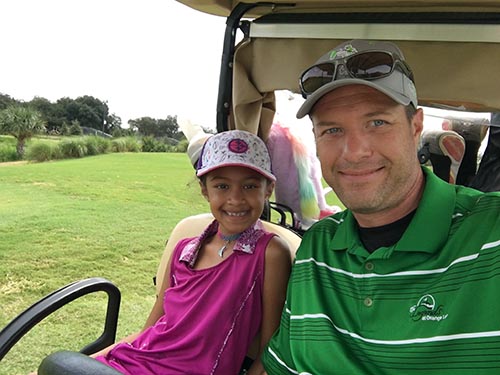
Prevention Tips
According to the Skin Cancer Foundation, these are some prevention guidelines for protecting yourself from the harmful effects of the sun.
- Seek the shade, especially between 10 AM and 4 PM.
- Don’t get sunburned.
- Avoid tanning, and never use UV tanning beds.
- Cover up with clothing, including a broad-brimmed hat and UV-blocking sunglasses.
- Who should use sunscreen? Anyone over the age of six months. Children younger shouldn’t be exposed to the sun, since their skin is highly sensitive to the sun’s rays and chemicals in sunscreen.
- Use a broad spectrum (UVA/UVB) sunscreen with an SPF of 15 or higher every day. For extended outdoor activity, use a water-resistant, broad spectrum (UVA/UVB) sunscreen with an SPF of 30 or higher.
- Apply 1 ounce (2 tablespoons) of sunscreen to your entire body 30 minutes before going outside. Re-apply every two hours or after swimming or excessive sweating.
- Examine your skin head-to-toe every month.
- See a dermatologist at least once a year for a professional skin exam.
Why Sunscreen? And What is SPF?
Okay, so we know sunscreen helps to prevent sunburn, right? But, how do you determine which sunscreen to get? There are so many options on store shelves! SPF. UVA. UVB… Huh??
Let’s break it down! UVB is the chief culprit behind sunburn, while UVA rays, which penetrate the skin more deeply, are associated with wrinkling, leathering, sagging, and other light-induced effects of aging (photoaging). Here’s how it works (as explained by The Skin Cancer Foundation):
- If it takes 20-minutes for your unprotected skin to start turning red, using an SPF 15 sunscreen theoretically prevents reddening 15 times longer — about five hours. The factor of SPF is the multiplier that extends the time it takes to redden the skin.
- Another way to look at it is in terms of percentages: SPF 15 filters out approximately 93 percent of all incoming UVB rays. SPF 30 keeps out 97 percent and SPF 50 keeps out 98 percent. They may seem like small differences, but if you are light-sensitive, or have a history of skin cancer, those extra percentages will make a difference.
- As you can see, no sunscreen can block all UV rays.
- The effectiveness of sunscreen shouldn’t be expected to last more than 2-hours, especially if you’re sweating or swimming. Re-application needs to be done if you don’t want to get burned.
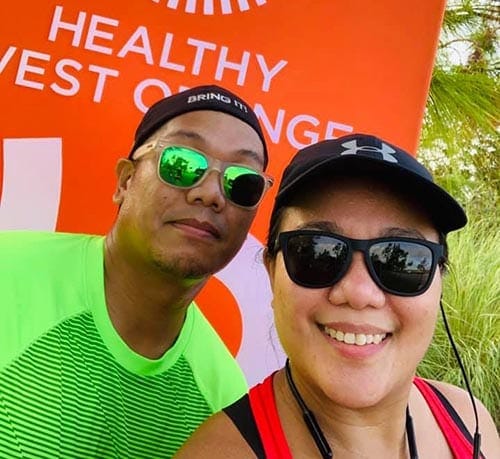
A Couple More Tips
- For more sunscreen facts, check out our blog post: “Cutting Through the Confusion of Sunscreen”
- Lifehack: you can even include products that contain SPF into your daily routine that you may already use, like lip balm, moisturizer, and makeup.
- When enjoying the sun, stay hydrated! Not only does the sun blare its rays, it absorbs water from our bodies that needs to be replenished.
Stay Safe in the Sun!
So, don’t catch a case of summertime sadness. Wear the most fabulous sunhat, movie star sunglasses, and glisten from the shine of sunscreen. Who said sun protection can’t be stylish?!

